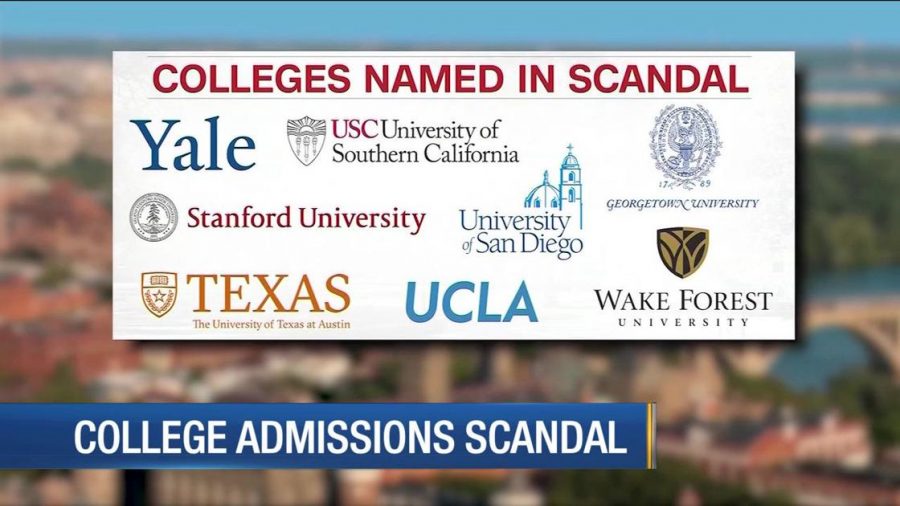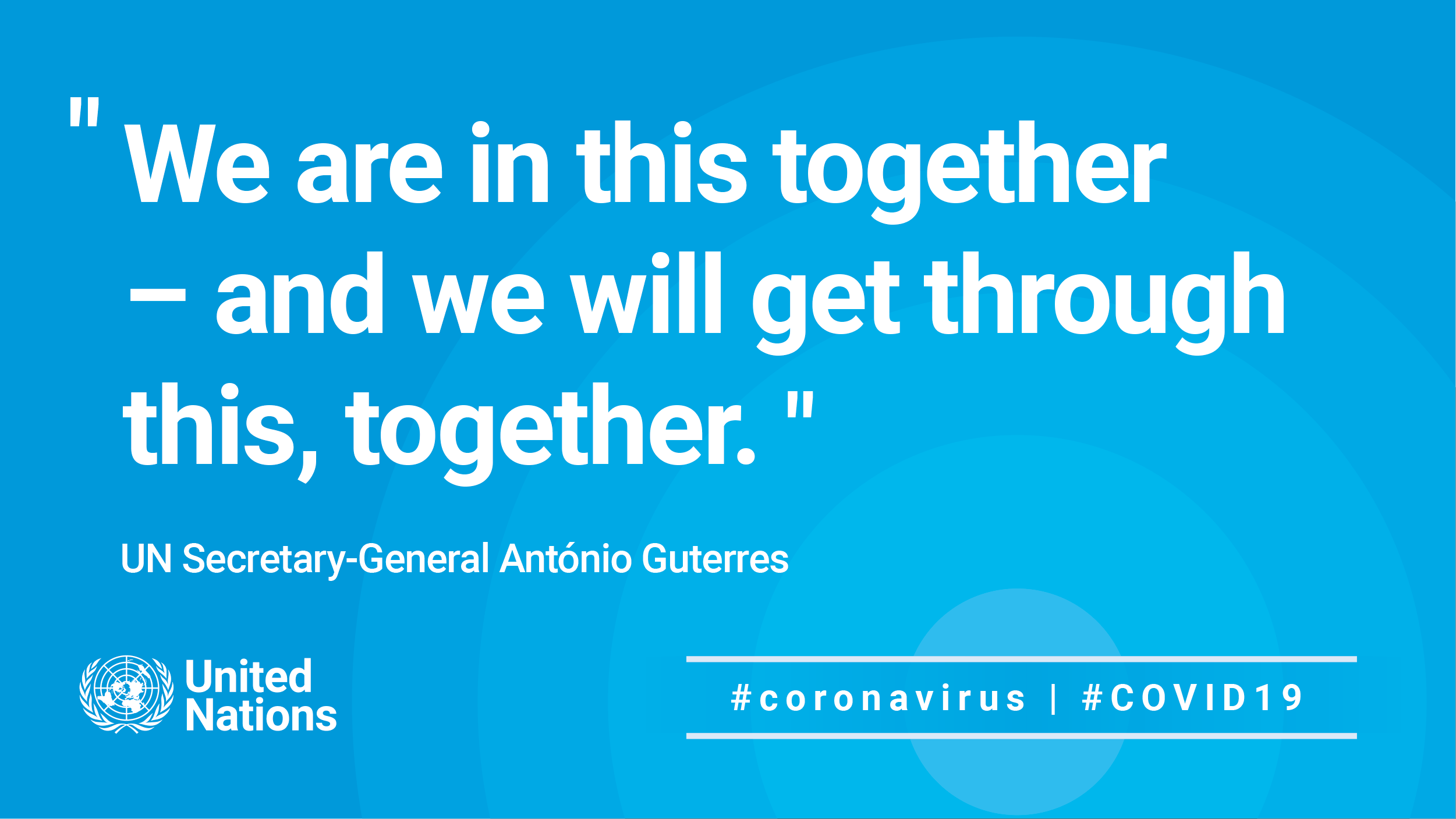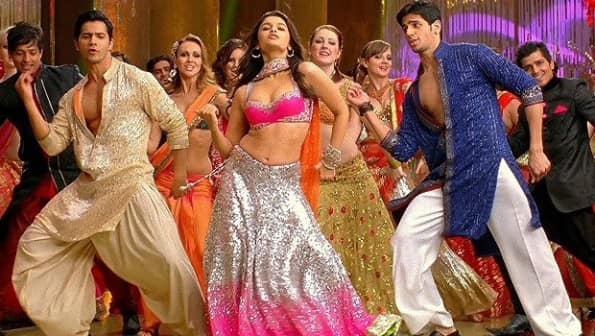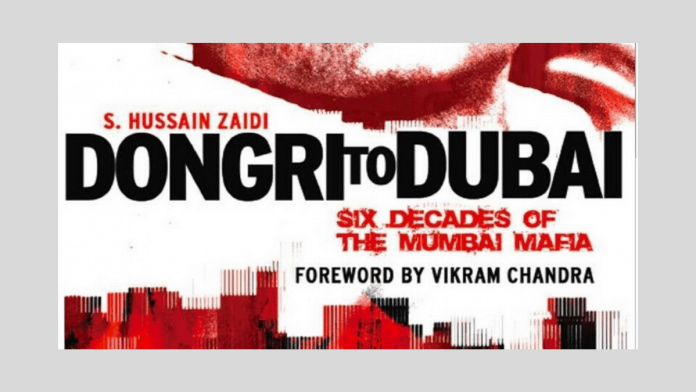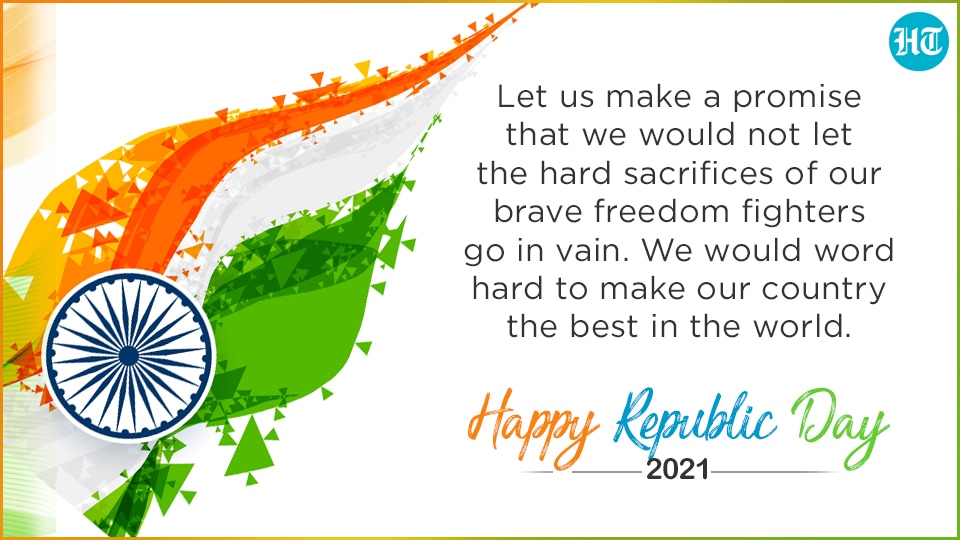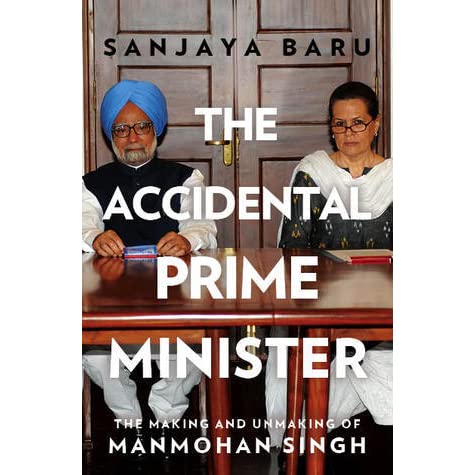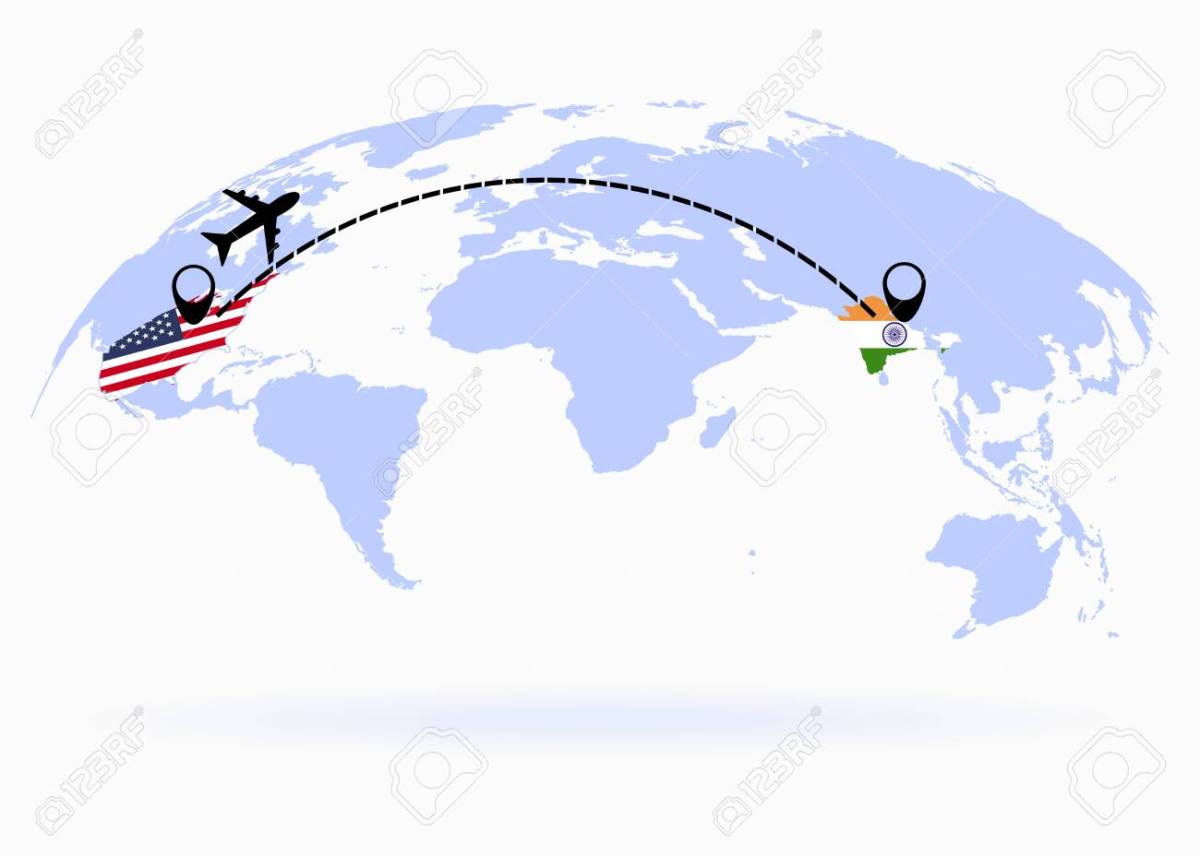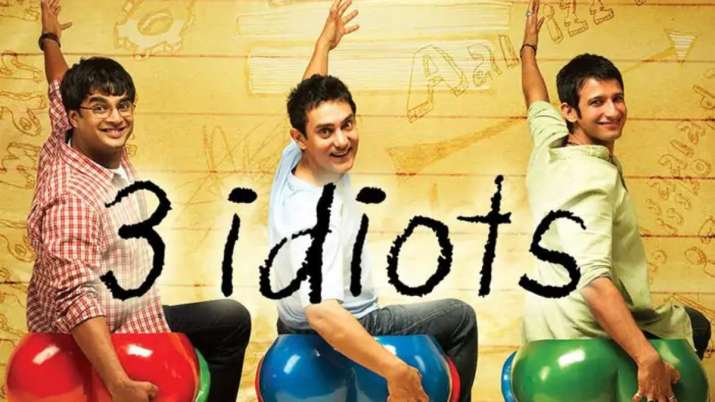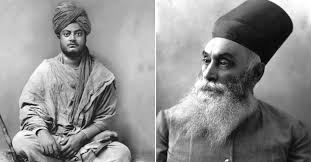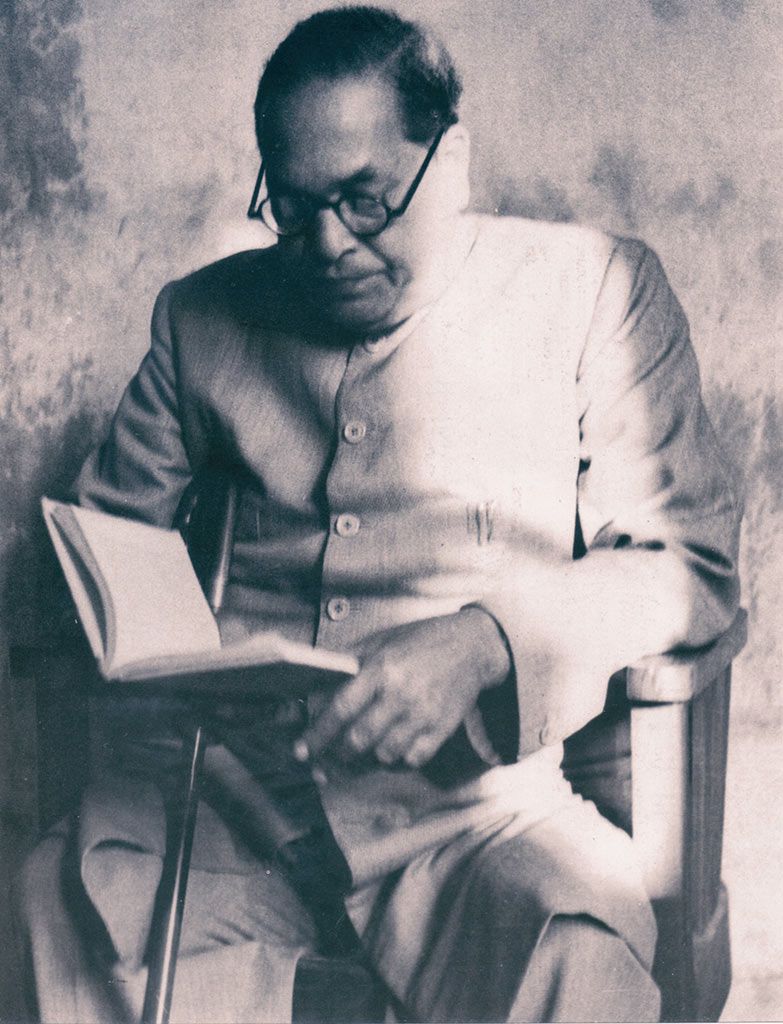Since moving back to India, it has been quite a different experience. After all, I had stayed in India for more than 20 years, and it was only 5 years back, that I had moved to the United States. That was a big cultural and financial shock for me, and few months back, when I decided to move back to my country, I was expecting another shock ( not cultural or financial, but habitual).
Yes, by habitual I mean I had become quite used to certain things which developed nations like United States have. They include amenities like clean and pollution free air, zero blackouts or incessant supply of electricity and water, exceedingly high speed internet, corruption free bureaucracy, less traffic, less people or crowd on the roads ( sometimes even deserted roads as I had seen only homeless people walk on the roads in USA), automated and fast self-checkout process in banks, stores, or gas stations, display of courteous speech along with good manners with greeting “Good Morning”, or “How’s it going” to everyone we met, and almost every conversation ending with either “Nice to meet you” or “Have a good day”. Even holding the doors for the next person, carefully following the traffic rules, and taking super extra care in the parking lot. I had become used to these basic rules in America( which are not so basic in other parts of the world yet). I was amazed by how fast I had become “Americanized” in just 5 years, even to the extent of becoming comfortable using toilet paper, as we Indians prefer using water ( which is more hygenic, medically proven, cost-saving and environmental friendly)
But after returning to India, I feared how am I going to manage in a country which was known for polluted air, huge crowds, frequent blackouts and shortage of running water, traffic jams, almost reckless display of ingratitude, or lack of manners or greeting in public places, red-tapism in bureaucracy and internet speed which had not passed beyond 2G yet. But after coming to India, its been a wonderful and pleasant surprise on many occasions. First of all, India is still a developing country, and a lot of developments are still in progres. But when compared to the 2010’s India to the current 2020 India, I see a lot of positive changes in India, thanks for the Narendra Modi government.
Apart from politics, as we all know how the current ruling party has sweeped in reforms and changed the way the world looked towards India. But to gauge the real change, we need to see how things are going in public life, by traveling, visiting places, govt offices etc. Hence, after moving back to India, first thing I had to do was reach home safely amidst the burgeoning Covid crisis, just like United States has. Hence, I quarantined myself for 15 days, and it was a good experience to stay in hotel for 7 days for which I had paid quite a hefty amount. The reader might refer my post to know about this travel experience during corona times.
Then, after coming back to my house, I had to make arrangements of some basic things which are needed in a civilized world. So, first I had to take a local simcard, and currently in the Indian market, Jio is the most preferred provider. Hence, I went to Jio shop,within few minutes, I got the Jio simcard, which offers 4G internet speed with 2GB/day bandwidth at the lowest cost in the world ( Rs.600 for 84 days, which comes around $2.8 per month). Even a Starbucks coffee is more expensive than that!
Then I started searching for WiFi connection at home so that I can connect all the smart devices in the house such as Smart TV, Alexa Assistant etc. Based on my past experience few years back, I did not expect great service, speed or even was worried about how much time it might take to start the service. And after reading some reviews in Pune region, I decided to select You Broadband. I contacted them to start a new connection, and within few hours, their representative reached out to me regarding my request. Then he asked to submit the specified docs through Whatsapp, and after sending them, my account was activated. Next day morning, the technician visited my house to setup the fiber connection. I purchased a router and was assisted through video calling for router setup. By the end of the day, my WiFi connection was started. I was surprised with the fast installation, video calling assistance and Whatsapp based docs verification system they are using to assist the customers. And against my presumption, the speed is very good ( I had selected the 50 Mbps unlimited package) and at a very low cost of just Rs.1024/month ( $14/month). In USA, I used to pay around $50-60. Hence, I was satisfied with this experience.
Then, I had to take care of groceries, and I visited the local Indian Walmart in my region, which is the More retail store, owned by Aditya Birla group. Though it isn’t as big as Walmart stores are in USA, but it had all the groceries and food available. I compared the price of food items and found out to be way cheaper than what I used to pay in the States. But some items like toilet paper rolls, kellogg cereals were more expensive, maybe due to the fact that in India, we have more options for breakfast, and not many eat cereals during breakfast. And I was not surprised why toilet paper rolls are expensive in India.
The most surprising thing was use of paper bags instead of plastic bags which are commonly used in Walmart and other stores in the States.
Then, I had heard of ‘twitter diplomacy’, and about it’s use in India for reporting social issues etc. So, I decided to give a try. I updated my twitter profile, and started sending tweets about bank account issues, electricity wire being fallen on the road etc. I was amazed by the immediate response from the respective authorities. I had never used twitter for reporting issues and had relied on traditional ways like calling, or emailing. But the transformative use of social media like twitter in India has made easier for the common man to report issues or any hurdles in the process.
Then, I had to open a bank account as my previous Indian bank accounts were no longer operational. With the demonetization, and digitization wave ushered in India since 2016, I found out many banks in India like Kotak Mahindra Bank, DBS India, SBI, Axis Bank etc are providing online bank account opening, with multiple options like zero balance account, instant account opening feature, all online using their apps. All the verification is done online except the finger print verification, for which we have to go to the bank. But in case of DBS bank, they even visit our house, and take fingerprint, which saves our time. Then, India has started the Unified Payments Interface system for bank transactions using mobile apps such as BHIM, PhonePe etc and its a lot easier than credit or debit cards. I don’t need to carry any cash or even cards ( in a nutshell, no physical wallet) and I can do all the purchase at the stores using BHIM UPI app. This is great for a country which heavily relied on cash till few years back.
Then, even in the food industry, just like DoorDash and GrubHub in USA, we have Swiggy and Zomato which are provide door to door food delivery service. I ordered some food to checkout their service, and as promised I got the best service just like I used to get in the States. The delivery person wears a uniform company, and due to covid, they provide contactless delivery as well. Even in transportation arena, India has Ola to compete with Uber. I found the Ola drivers very cordial, helpful and had taken all the necessary provisions to provide a contactless, and safe ride.
I also happened to travel to Baroda to visit my relatives. Though the travel experience using Gujarat Travels was not at the best, but the booking system by RedBus, GPS tracking of the bus, active social media monitoring done by RedBus, and immediate responding to feedback posted conveyed the message that things are improving in this sector as well. I have a separate post written about this experience. Gone are the days when we used to wait for the bus, and the bus used to come delayed hours later, and there was no way our feedback or grievances could be communicated to the authorities. But now the customer has the voice to raise opinions, post feedback on social media etc.
After relocation, I had to take care of some government provided documents, and even though there hasn’t been much improvement here like banking, telecom, or retail services has, but the process has been partially digitized and many payments are done online. This reduces the corruption in bureaucracy which until few years back had plagued Indian system horribly. Thanks for digitization and active social media platforms, its getting better with time.
Though as mentioned above are some of the new changes which I have seen recently after coming to India, but still many things need to be ameliorated. The customer service is not like what I had seen in the United States. Except Apple, I never faced any trouble reaching out to the other customer service in USA for problem resolution. But in India, it still takes considerable effort to get it resolved, which could be attributed to the fact of India having a huge population and due to which the load on the customer service is relatively higher than United States. Then, we do have pollution ( though it has reduced due to lockdown measures), there are blackouts sometimes, traffic rules are violated sometimes, honking is considered a normal practice, the roads are still small, or dirty, with digging work being done in few places. People are too busy and hence no one cares to greet each other with any American manners. Usually, it boils down to get to the point and get the work done when talking with any one in the stores, or banks.
But as compared to my American habit of not walking out at night alone due to the fear of being mugged, or having the fear of being assaulted by some homeless, or sociopath with a gun, I do not have those fears in India. I had traveled to places like St.Louis ( which has one of the highest crimes rates in the country), New York, downtown Atlanta etc which are known for some violent neighbourhood and shady places. Looking at the current riots, protests, and anti-immigration stand, being an Indian, who is brown skinned made me concerned about my safety whenever I traveled alone at night in US. Atleast I feel a sigh of relief that I no longer have to worry about it while in India. I am not saying that it was unsafe in USA everywhere. There are many good places where everyone is welcomed, and I really liked them. But still, a feeling of being alone in a group remained. After coming to India, and being a part of the society, I atleast do not hesitate to go out at night, and come back safe though I cannot say the same to girls as still their safety is always a concern during night time.
Finally, this isn’t to compare the pros and cons of India and America. There are many on both sides. I was fortunate to have stayed in the United States for 5 years, and it was a great learning experience. I saw the good side as well the not so good side of America. But for India, it has been a time of big changes, and more needs to be done in coming years. Many of us want to make India a developed nation like America. I am not sure when this is going to be, but however developed we might become in future, or however we might try to emulate the American habits such as eating in McDonalds, Pizza, Burger King, drinking Coke, using Iphone, Facebook, Instagram, even buying Tesla, etc but there are some Indian traditions and culture which will always inspire the world, especially Americans and Indians who are staying in America for years, to come to visit India or even come back to India as I have done so. Be it Steve Jobs, Mark Zuckerburg, Larry Brilliant, Ram Das, Krishna Das who visited India and which inspired them to change the world, or be it the diversity, food, religion, spirituality which is unique for India, however Americanized or Westernized we might become.
I miss America, but I am also glad to be back to my motherland!









